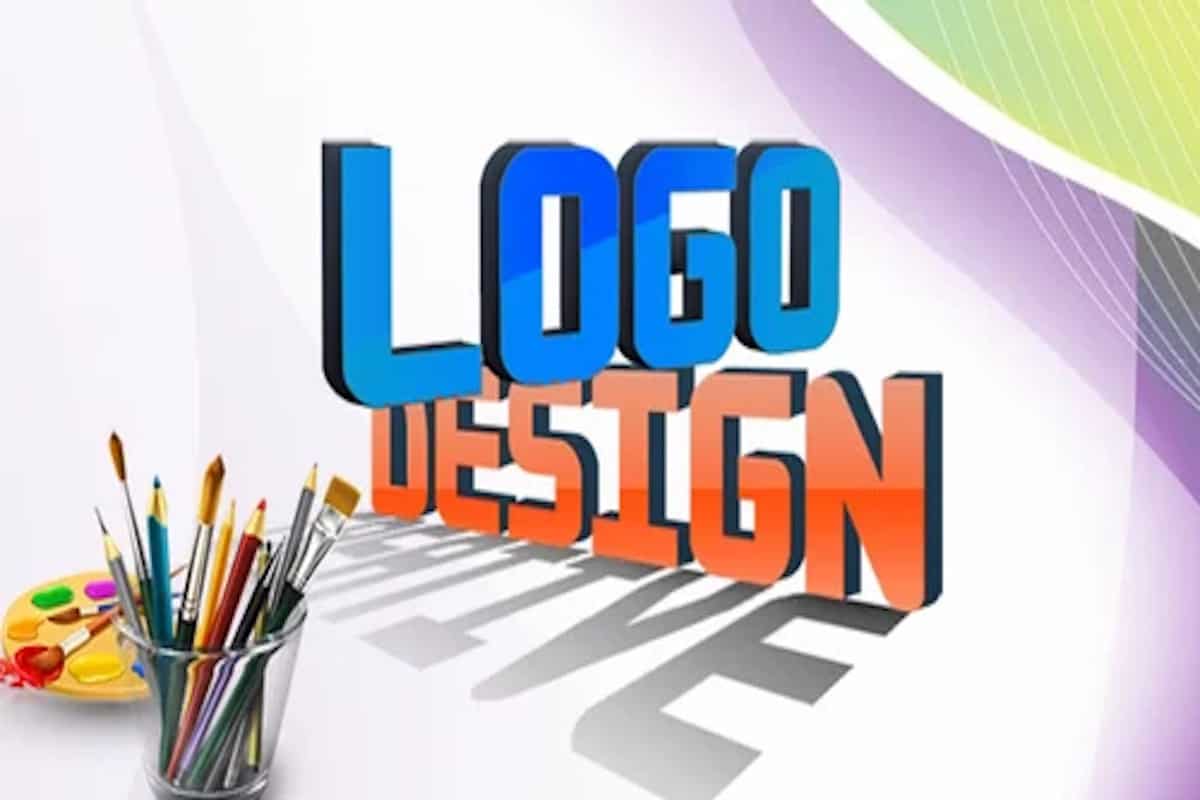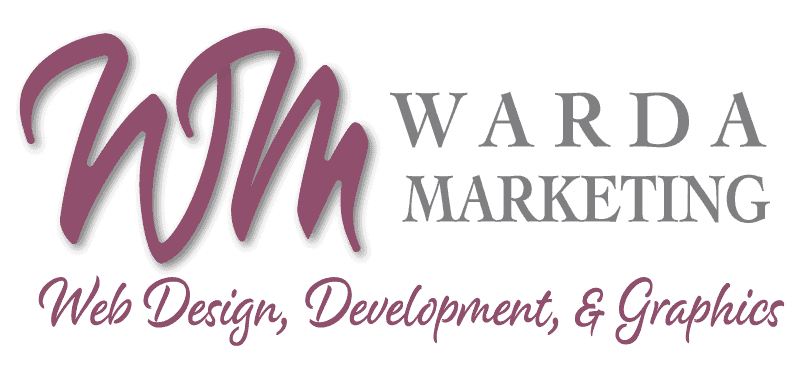A well-designed logo is a visual representation of a brand’s identity and values. It serves as a powerful tool to leave a lasting impression on customers and differentiate a business from its competitors. In this blog, we will explore essential tips and best practices to guide you through the process of creating impactful logos that effectively represent a brand.
Understand the Brand and its Message
Before diving into the design process, take the time to thoroughly understand the brand and its core message. Conduct a brand discovery session to grasp the company’s values, target audience, unique selling points, and long-term goals. This understanding will serve as the foundation for a logo that accurately reflects the brand’s identity.
Keep it Simple and Memorable
Simplicity is key in logo design. Aim for a clean and straightforward design that is easy to recognize and remember. Avoid complex elements that might confuse the audience or lose impact when scaled down. Memorable logos are more likely to leave a lasting impression and evoke brand recall.
Focus on Versatility
A great logo should be versatile and work well across different platforms and mediums. It should be just as effective on a website as it is on a business card or a billboard. Test your logo in various sizes and color variations to ensure its adaptability.
Color Psychology Matters
Colors have a profound impact on human emotions and perceptions. Choose colors that align with the brand’s personality and resonate with the target audience. Consider the psychological associations of each color and how they can reinforce the intended message of the brand.
Pay Attention to Typography
Typography plays a crucial role in logo design. The font chosen should complement the brand’s style and message. Strive for legibility, even when the logo is scaled down. A well-executed custom font can also help the logo stand out and make it unique.
Embrace Negative Space
Negative space, the area around and between elements, can be used creatively to convey hidden messages or add depth to the logo. Clever use of negative space can make a logo more intriguing and memorable.
Avoid Trends, Aim for Timelessness
While it’s essential to be aware of design trends, avoid following them blindly. Trends come and go, and a logo designed solely based on current fads may quickly become outdated. Aim for a timeless design that can withstand the test of time.
Test for Scalability
A logo that looks fantastic on a computer screen might not translate well when printed on a small product label or a promotional item. Test your logo’s scalability to ensure it retains its clarity and impact at different sizes.
Seek Feedback and Iterate
Designing a logo is an iterative process. Seek feedback from colleagues, stakeholders, and potential customers. Listen to their opinions and be open to constructive criticism. Use this feedback to refine and improve your design until it aligns perfectly with the brand’s identity.
 Conclusion
Conclusion
An impactful logo is a vital element of successful branding. It communicates the essence of a brand to the world, leaving a lasting impression on customers. By following these tips and best practices, you can create a visually compelling logo that effectively represents a brand’s identity and helps it stand out in a competitive market. Remember, a well-designed logo is an investment that pays off through increased brand recognition and loyalty.

